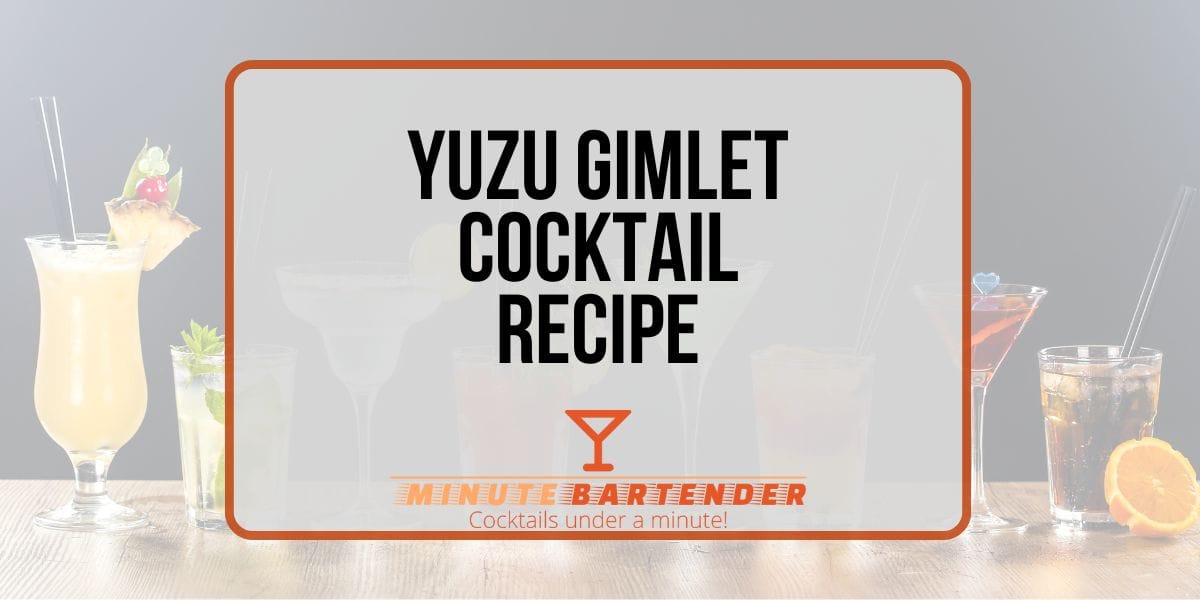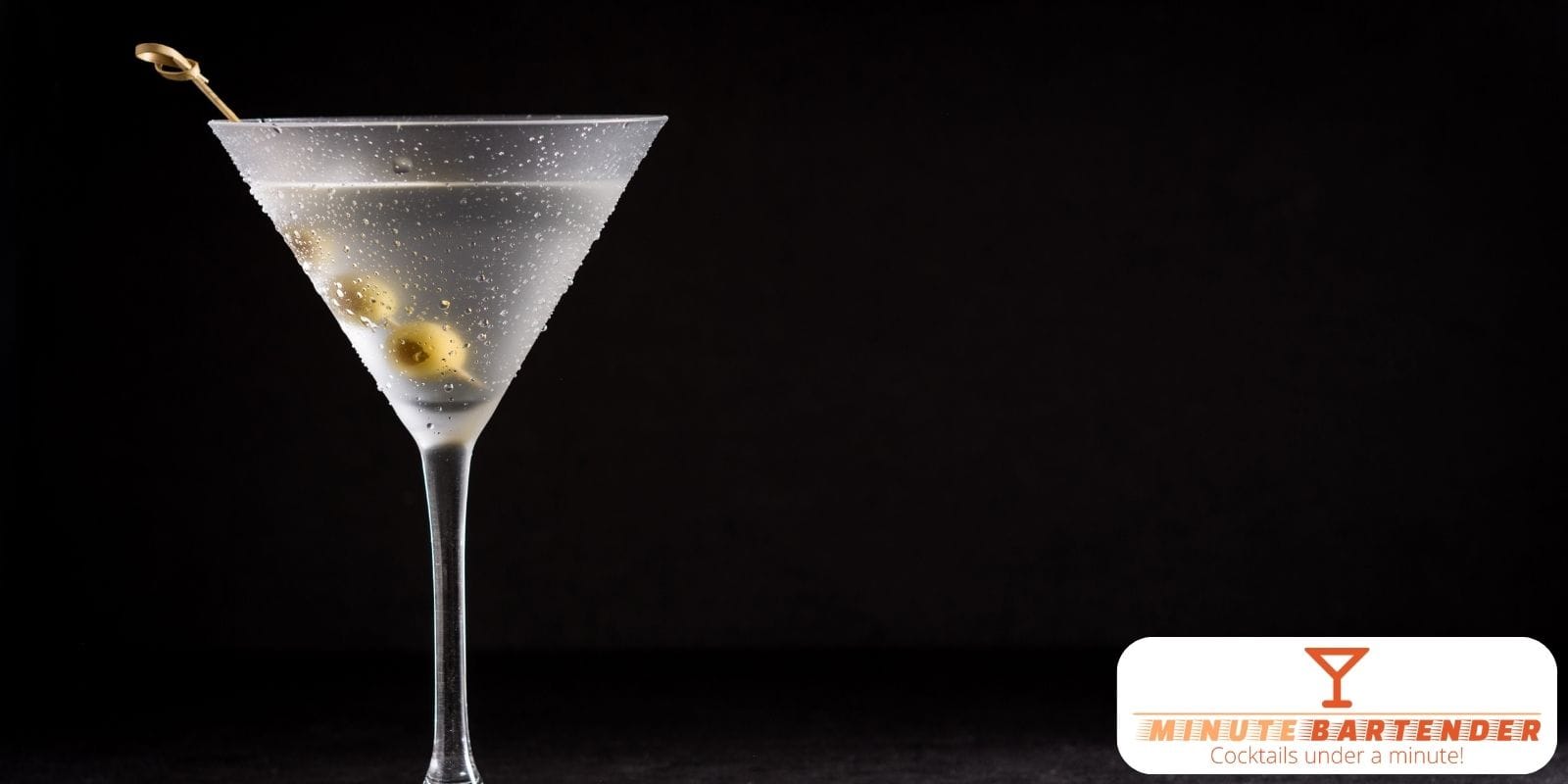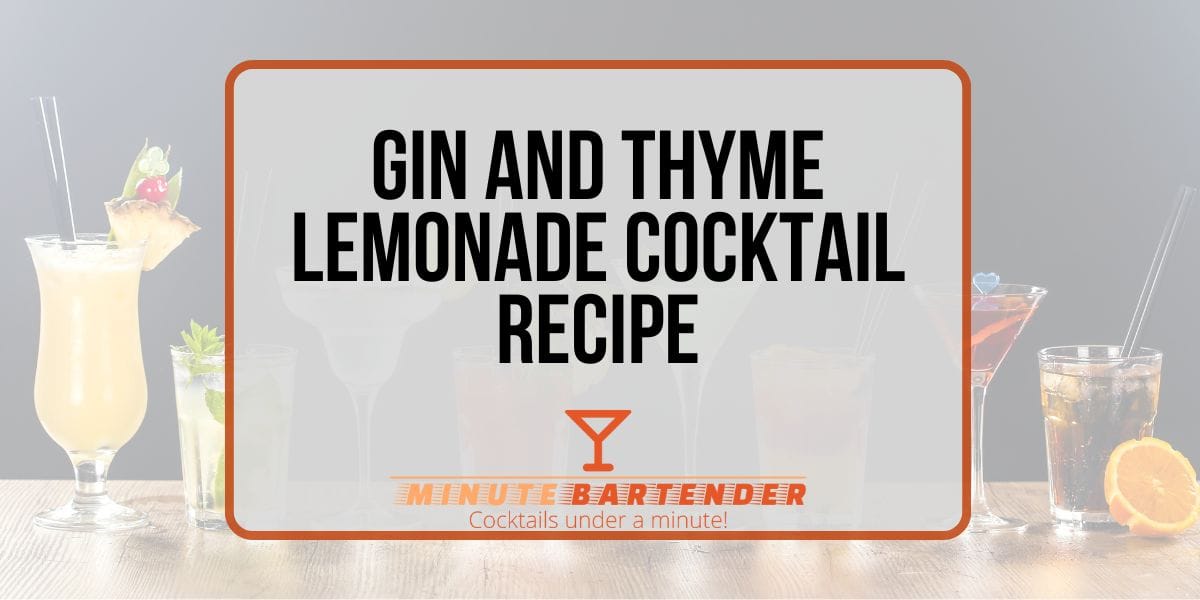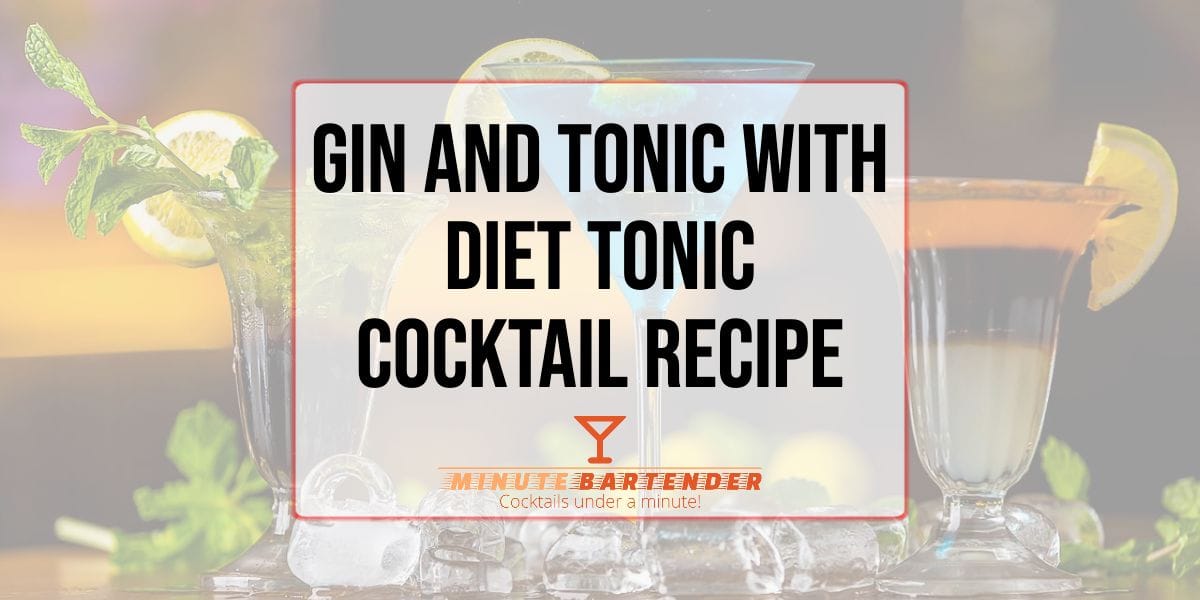Step into the world of old New York elegance with the Park Avenue cocktail. This sophisticated drink embodies the refined spirit of Manhattan’s most prestigious address, combining the botanical complexity of gin with the unexpected tropical sweetness of pineapple juice and the herbal depth of sweet vermouth.
Born in the glamorous cocktail lounges of 1930s New York City, this classic represents the golden age of American mixology. The Park Avenue offers a perfect balance between sophistication and approachability, making it ideal for both cocktail enthusiasts and those new to gin-based drinks.
Park Avenue Cocktail Ingredients
Creating this timeless cocktail requires just five simple yet carefully selected ingredients:
- 2 oz gin (London Dry or Old Tom style)
- 3/4 oz sweet vermouth
- 3/4 oz fresh pineapple juice
- 2 teaspoons orange curaçao
- 2 dashes orange bitters (optional but recommended)
- Ice cubes
- Orange twist or pineapple wedge for garnish
Each ingredient contributes essential character to the drink’s complex flavor profile. Quality matters here, so choose premium spirits when possible.
Park Avenue Step-by-Step Mixing Guide
- Fill a cocktail shaker with ice cubes
- Pour the gin into the shaker
- Add the sweet vermouth
- Pour in the fresh pineapple juice
- Add the orange curaçao
- Include 2 dashes of orange bitters if using
- Shake vigorously for 15-20 seconds until well chilled
- Double strain into a chilled coupe or cocktail glass
- Express the oils from an orange twist over the drink
- Garnish with the orange twist or a small pineapple wedge
- Serve immediately
Alternative Ingredients and Park Avenue Substitutes
Customize your Park Avenue experience with these thoughtful substitutions:
Gin Alternatives:
- Old Tom gin for softer, slightly sweeter character
- Plymouth gin for earthier botanical notes
- Hendrick’s gin for cucumber and rose petal complexity
- Navy strength gin for bolder alcohol presence
Vermouth Options:
- Carpano Antica Formula for vanilla richness
- Dolin Rouge for lighter, more delicate profile
- Cocchi Vermouth di Torino for spiced complexity
- Punt e Mes for bitter edge and depth
Pineapple Juice Variations:
- Fresh-pressed pineapple for optimal flavor
- Canned pineapple juice (unsweetened) for convenience
- Pineapple syrup for concentrated sweetness
- Mudded fresh pineapple chunks for texture
Orange Curaçao Substitutes:
- Cointreau for refined orange liqueur character
- Grand Marnier for cognac-based complexity
- Triple sec for budget-friendly option
- Fresh orange juice with simple syrup for natural alternative
What I Really Like About Park Avenue
This cocktail represents cocktail perfection through balance and restraint. The gin provides botanical backbone without overwhelming, while the pineapple juice adds unexpected tropical notes that complement rather than compete with the spirit.
The sweet vermouth bridges the gap between gin’s herbal complexity and pineapple’s fruity sweetness, creating harmony that feels both familiar and surprising. Orange curaçao adds citrus brightness that elevates the entire composition.
What sets the Park Avenue apart from other gin cocktails is its accessibility. Unlike intimidating martini variations, this drink welcomes newcomers while satisfying experienced palates. The moderate alcohol content allows for extended enjoyment without overwhelming the senses.
The visual appeal cannot be ignored either. The golden amber color suggests warmth and sophistication, making it perfect for special occasions or quiet contemplation.
Park Avenue Cocktail History and Creator
The Park Avenue cocktail emerged during the golden age of American mixology in 1930s New York City. The earliest documented recipe appears on a 1934 cocktail menu from the legendary Hotel Astor in New York City, as recorded by cocktail historian Ted “Dr. Cocktail” Haigh in his 2009 book “Vintage Spirits and Forgotten Cocktails.”
W. J. Tarling referenced the cocktail in his 1937 Café Royal Cocktail Book Coronation-Edition, listing the Park Avenue in the “Supplementary List” of cocktail names, confirming its existence in the 1930s but without providing the recipe.
The Hotel Astor, located in Times Square, served as a hub for New York’s social elite and entertainment industry figures. The cocktail’s name reflects the aspirational luxury of Park Avenue, Manhattan’s most exclusive residential street.
Interestingly, an earlier recipe appeared in Dexter Mason’s 1930 “The Art of Living,” featuring champagne, gin, orange juice, and cherry brandy – a completely different drink sharing only the name. This suggests the modern Park Avenue recipe evolved and stabilized during the mid-1930s.
The cocktail represents the era’s experimentation with tropical flavors in sophisticated settings, predicting America’s post-war fascination with tiki culture and exotic ingredients.
Park Avenue Taste Profile
The Park Avenue delivers a sophisticated flavor journey that unfolds in distinct phases:
- Opening Notes: Fresh pineapple juice provides immediate tropical sweetness balanced by gin’s juniper-forward botanical complexity. The combination feels surprising yet natural.
- Mid-Palate Development: Sweet vermouth introduces herbal depth and wine-like richness, while orange curaçao adds bright citrus notes that enhance both the gin and pineapple components.
- Finish: Clean and refreshing with lingering botanical notes from the gin and subtle orange oil from the garnish. The finish remains dry despite the fruit juice, thanks to the vermouth’s herbal balance.
- Texture: Medium-bodied with silky mouthfeel from proper dilution. The drink feels substantial without being heavy, making it suitable for various occasions.
- Temperature Impact: Proper chilling enhances the pineapple’s freshness while mellowing the gin’s alcohol bite. Serve immediately for optimal experience.
Park Avenue Serving Suggestions
Presentation elevates this classic cocktail to its full potential:
- Glassware: Serve in a chilled coupe or Nick & Nora glass to concentrate aromatics. Avoid rocks glasses, which dilute the drink’s elegance.
- Garnish Options: Express orange twist oils over the surface for citrus aromatics, then drop the twist into the drink. Alternatively, use a small pineapple wedge for tropical appeal.
- Serving Temperature: Serve immediately after preparation while properly chilled. The drink loses appeal as temperature rises.
- Occasions: Perfect for aperitif service, sophisticated dinner parties, anniversary celebrations, or any time you want to impress with classic cocktail knowledge.
- Batch Preparation: For parties, pre-batch gin, vermouth, and curaçao. Add pineapple juice and shake individually to maintain freshness and proper dilution.
Great Appetizers to Pair with Park Avenue
This sophisticated cocktail pairs beautifully with elegant appetizers that complement its complex flavor profile:
Cheese and Charcuterie:
- Aged Gruyère with honeycomb
- Prosciutto-wrapped melon
- Manchego with marcona almonds
- Blue cheese and walnut crostini
Seafood Options:
- Oysters with mignonette
- Smoked salmon canapés
- Crab cakes with citrus aioli
- Shrimp cocktail with horseradish
Sophisticated Bites:
- Duck liver pâté on brioche
- Beef tenderloin crostini
- Mushroom and goat cheese tartlets
- Bacon-wrapped scallops
International Flavors:
- Chicken satay with peanut sauce
- Spanish Manchego and quince paste
- Italian bruschetta with tomato and basil
- French gougères with herbs
The cocktail’s tropical notes work particularly well with Asian-inspired appetizers and anything featuring citrus or stone fruits.
Park Avenue Alcohol Content (ABV)
Understanding the alcohol content helps you enjoy responsibly:
Total ABV: Approximately 24% alcohol by volume per serving
Breakdown by ingredient:
- Gin (2 oz at 40% ABV): 0.8 oz pure alcohol
- Sweet vermouth (3/4 oz at 16% ABV): 0.12 oz pure alcohol
- Orange curaçao (2 tsp at 35% ABV): 0.08 oz pure alcohol
- Total alcohol content: 1.0 oz in approximately 4.2 oz total liquid
This places the Park Avenue at 23.88% ABV, making it slightly lower than a classic Martini, which often has an alcohol content around 30% or higher, depending on the proportions of gin to vermouth.
This moderate-to-strong alcohol content makes the drink suitable for slow sipping and sophisticated conversation. Research on moderate alcohol consumption suggests that gin-based cocktails may offer certain benefits when consumed responsibly, though individual tolerance varies significantly.
For comparison, this cocktail contains more alcohol than wine but less than neat spirits, making it perfect for special occasions rather than casual drinking.
Park Avenue Nutritional Information
Each serving contains approximately:
Calories: 180-200 calories total
- Gin: ~130 calories
- Sweet vermouth: ~25 calories
- Pineapple juice: ~30 calories
- Orange curaçao: ~15 calories
Carbohydrates: 8-10 grams (primarily from fruit sugars and vermouth)
Protein: Less than 1 gram
Fat: Negligible amounts
Vitamins: Pineapple juice provides vitamin C, manganese, and small amounts of vitamin B6
Antioxidants: Gin contains botanical compounds from juniper berries, though their concentration after distillation remains minimal.
The calorie content places this cocktail in the moderate range for classic cocktails. Fresh pineapple juice provides natural enzymes and vitamins, while the gin’s botanical base offers trace amounts of plant compounds.
For calorie-conscious drinkers, using fresh pineapple juice and reducing the curaçao slightly can lower the total calorie count by 20-30 calories per serving.
The natural sugars from pineapple juice provide quick energy, while the alcohol content promotes relaxation when consumed in moderation. Studies examining gin’s nutritional profile indicate that quality gin contains fewer congeners than darker spirits, potentially reducing hangover risk.
Remember that alcohol calories are processed differently than food calories, with the body prioritizing alcohol metabolism over other nutrients. The Park Avenue’s balanced ingredients make it more nutritionally complete than purely spirit-based cocktails.
The Park Avenue cocktail stands as a testament to the golden age of American mixology, when bartenders understood that true sophistication comes from perfect balance rather than expensive ingredients. This accessible classic proves that the best cocktails transport you to another time and place with every sip. Whether you’re channeling the glamour of 1930s Manhattan or simply seeking a well-crafted drink, the Park Avenue delivers elegance in every glass.











